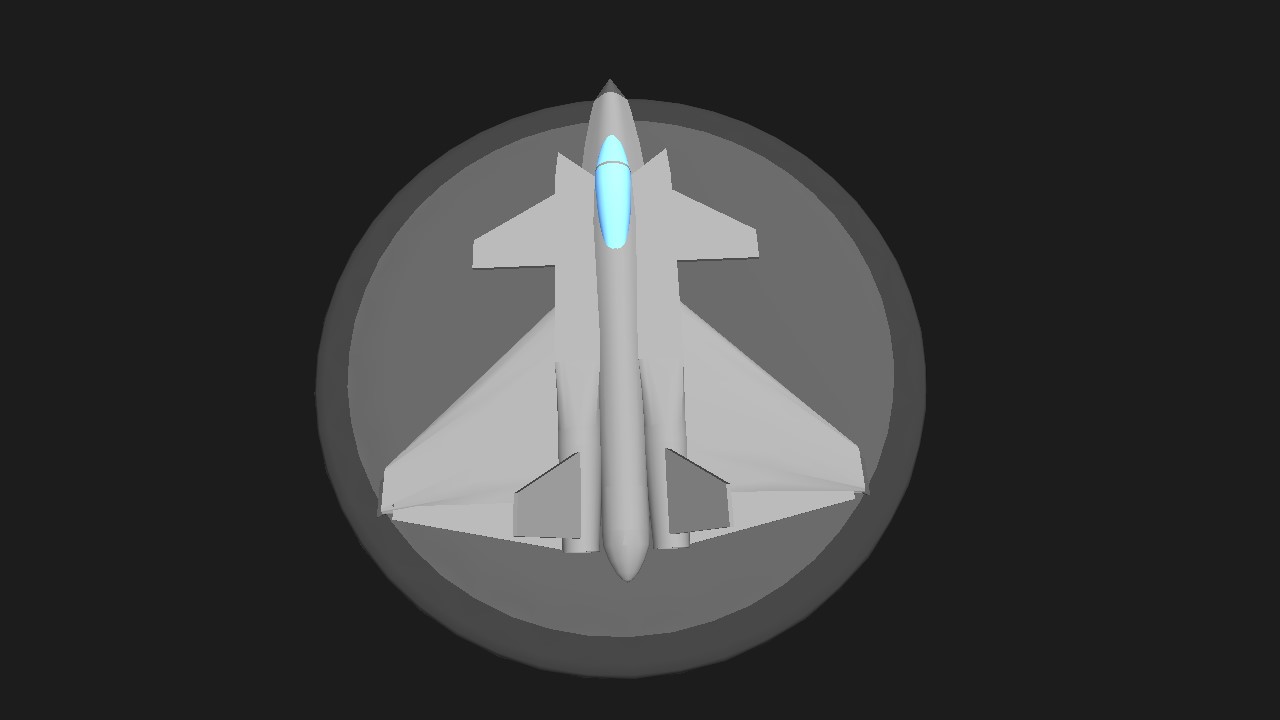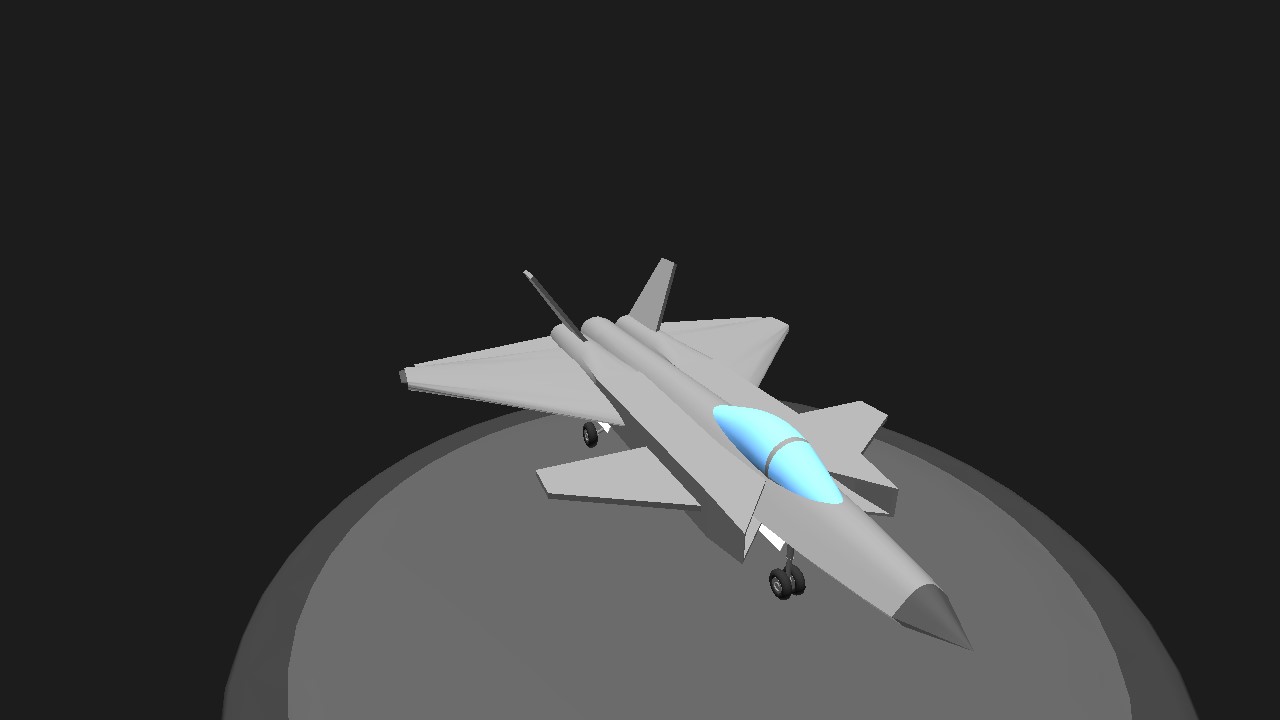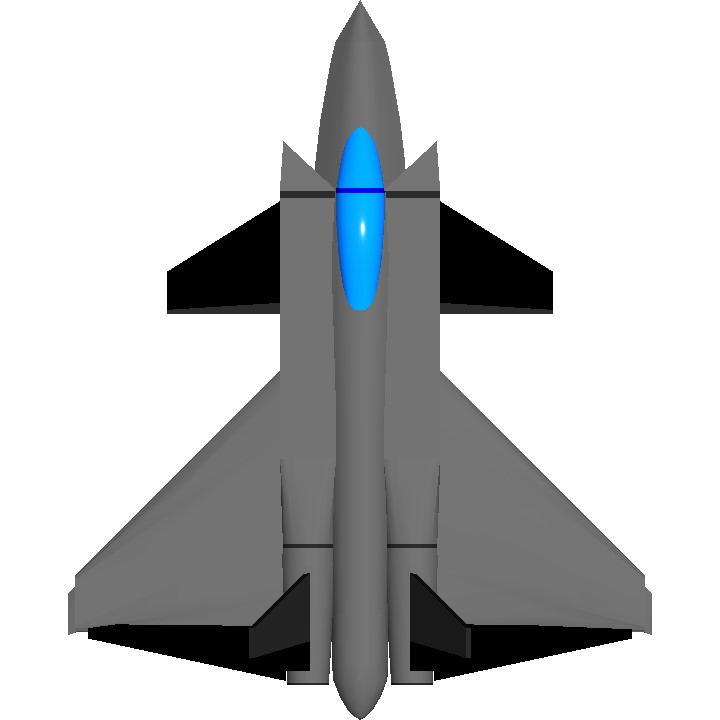The J-20 emerged from the late-1990s J-XX program. In 2008, the PLAAF endorsed Chengdu Aerospace Corporation's proposal, Project 718; Shenyang's proposed aircraft was larger than the J-20.[14] Chengdu had previously used the double-canard configuration in the J-9, its first design and cancelled in the 1970s, and the J-10.[18][19]
In 2009, a senior PLAAF official revealed that the first flight was expected in 2010–11, with a service entry date by 2019.[20] On 22 December 2010, the first J-20 prototype underwent high speed taxiing tests outside the Chengdu Aircraft Design Institute (CADI).[6][21] Three months later, the first J-20 prototype made its maiden flight in Chengdu.[1][2] The first prototype was painted with the number "2001". In May 2012, the second prototype took flight in the CADI facility.[22][23]
Several changes were made to the third J-20 prototype numbered "2011", which made its maiden flight in March 2014.[24] The new prototype showed increasing sophistication in design, including numerous subtle changes from the first two prototypes.[24] The new airframe introduced modified diverterless supersonic inlet (DSI) intakes, stealth coating, streamlined underwing fairings, and redesigned vertical stabilizers. Analysts noted new equipment and devices for multi-role operations such as integrated targeting pods for precision-guided munition, and six additional passive infrared sensors can also be spotted around the aircraft.[25][26][27]
In December 2015, the low rate initial production (LRIP) version of J-20 was spotted by military observers.[28][29] The LRIP aircraft revealed dielectric surfaces that were previously painted for prototypes, potentially containing various sensors or baked-in radar absorbing materials.[28]
In October 2017, Chinese state media reported that the designs of the J-20 had been finalized, and is ready for mass production as well as being combat-ready.[30] In March 2018, Chinese military revealed other versions of the J-20 platform were being developed.[31]
In January 2019, Chinese media reported that a twin-seat variant of the J-20 is rumored to be in development for use in tactical bombing, electronic warfare and carrier strike roles.[32]
In November 2019, a J-20 painted in yellow primer coating was spotted during its flight testing by defense observers at the Chengdu Aerospace Corporation manufacturing facility. The aircraft is equipped with new variant of WS-10 Taihang engines with serrated afterburner a nozzles to enhance stealth.[33][34] Report indicated Chengdu Aerospace Corporation terminated the manufacturing of J-20 with Russian engines in mid-2019.[35]
Chinese media reported that a new variant of the J-20, the J-20B, was unveiled on July 8, 2020, and entered mass production the same day. The only change mentioned was that the J-20B was to be equipped with thrust vectoring control.[36] Conflicting reports emerged regarding the exact engine type. Analyst Andreas Rupprecht expressed skepticism regarding the use of Russian engines on the J-20, as he believes that the J-20 is using a variant of the WS-10 which he called the WS-10C. This engine has improved thrust, stealthier serrated afterburner nozzles, and higher reliability, but it is not designed for thrust vectoring unlike the WS-10 TVC demonstrated on a J-10 at 2018 China International Aviation & Aerospace Exhibition.[37] Analyst Jamie Hunter believed the new engine type is what he called WS-10B-3, a Chinese-made thrust-vectoring engine demonstrated on the 2018 Zhuhai Airshow.[35]
In January 2021, South China Morning Post reported that China will replace Russian engines on the J-20 stealth fighter with a type of Chinese engine called WS-10C.[38][39] In June 2021, Chinese media confirmed that an aviation brigade is assigned with the enhanced J-20A variant that integrates domestic WS-10C engines.[40] Despite the replacement, WS-10C is considered another interim solution before Xian WS-15 passes evaluations. Moreover, WS-10C will not be equipped on the J-20B, the thrust-vectoring version of J-20 that entered mass production in 2019, which still required further testing. Overall, Chinese engineers believe WS-10C is comparable with AL-31F in performance,[41][42] and the replacement would also reduce China's dependency on Russian engines.[42] The WS-10C-powered J-20 was officially showcased to the public on 28 September 2021 at Zhuhai Airshow.[41][43][44]
The development of a twin-seater variant was hinted by J-20's chief designer in 2019.[45] In January 2021, Aviation Industry Corporation of China released computer renderings of the twin-seat variant of the J-20 fighter in celebration of the 10th anniversary of the jet's maiden flight.[46] In February 2021, a South China Morning Post infographic depicted a twin-seat J-20 variant powered by thrust vectoring WS-10C.[47] In October 2021, a taxiing prototype, dubbed J-20S by analysts,[48][49] was spotted near Chengdu Aerospace Corporation facilities, making J-20S the first-ever two-seat stealth fighter.[50][51] The twin-seat design allows the possibility for the second operator to coordinate attacks and reconnaissance missions from other friendly aircraft via networking or unmanned combat aerial vehicles (UCAVs) linked via "loyal wingman" systems and sensors. The advantage for a second operator includes the potential for better interpreting and exploiting the enormous sensory data that could overload the limited cognitive and processing capacity for a single human, especially in a contested air combat environment.[49][52]
In March 2022, Chinese state media reported that the J-20 had performed trials with the WS-15 engine.[53]
Some Pictures of the plane in real life : https://en.m.wikipedia.org/wiki/File:J-20s.jpg
https://en.m.wikipedia.org/wiki/File:J-20s.jpg
https://en.m.wikipedia.org/wiki/File:J-20s.jpg
Specifications
General Characteristics
- Created On Android
- Wingspan 33.9ft (10.3m)
- Length 41.8ft (12.7m)
- Height 11.9ft (3.6m)
- Empty Weight 11,356lbs (5,151kg)
- Loaded Weight 14,823lbs (6,723kg)
Performance
- Power/Weight Ratio 5.457
- Wing Loading 53.5lbs/ft2 (261.0kg/m2)
- Wing Area 277.2ft2 (25.8m2)
- Drag Points 5787
Parts
- Number of Parts 44
- Control Surfaces 8
- Performance Cost 261






